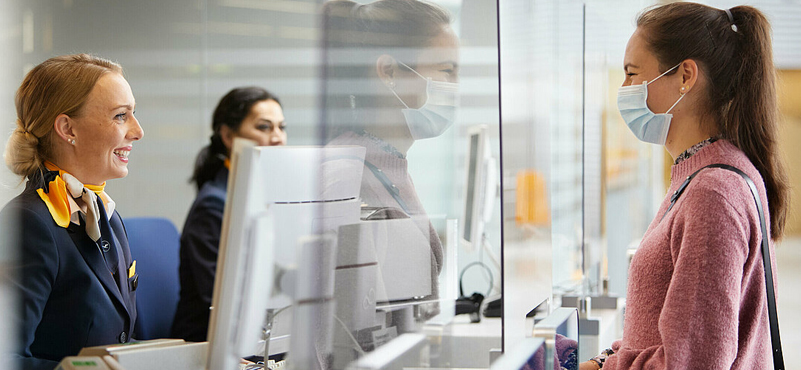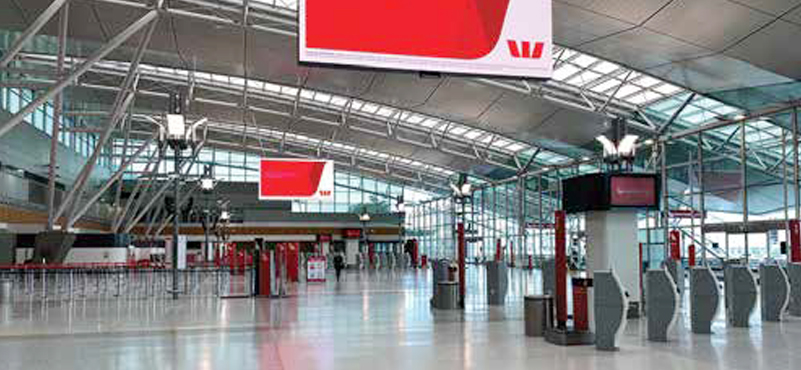The Director General of Association of Asia Pacific Airlines (a formidable trade body representing 16 prominent carriers in Asia Pacific region), Andrew Herdman, recently visited Mumbai to attend a seminar and strongly advocated that the forthcoming civil aviation policy should have the inbound tourism considerations as a strategic cornerstone. TourismFirst caught up with him on the sidelines for an exclusive conversation wherein he also spoke on other critical issues. Edited excerpts…
The low inbound tourists number in India despite its potential being so huge, could it also be a function of a flawed civil aviation policy? One of your recent remarks probably point in that direction.

That’s an open question. We need to analyse to what extent the restrictions to traffic rights affect the volume of inbound traffic and the nature of that traffic. What confuses the picture is a lot of international traffic to/from India is going to other destinations, over hubs outside India. From tourism point of view, I am one of those people who thinks that the Indian inbound market is much larger than the actual footfall numbers. And, therefore, it should be one of the key elements of the future plan of aviation. Promoting inbound tourism should be intrinsically linked to your new aviation policy. That would obviously entail liberalising the traffic rights situation so as to facilitate more carriers coming to the market. From an Indian carrier point of view that would mean more competition in the short-term. But it also means more opportunity. I am afraid, you can’t have a situation wherein you protect until you are ready because by the time the opportunity arises, you are not fit to compete. It’s a delicate balance for policy makers here – to what extent should the bilateral advantage be given to the foreign carriers and to what extent it should spur innovation on the part of Indian carriers. When you talk to Indian carriers, you get different answers. There are those who would like to expand internationally, especially the new carriers. And then there are those who do not believe that this is not an opportunity they are ready for and they would rather prefer to focus on domestic markets and the existing international markets.
The tourism industry as such seems to be gung-ho with the rapid liberalisation in e-visa norms which this government has initiated. Do you share the sentiment that it will turn out to be a major catalyst to spur inbound tourism growth in India?
If getting visa to visit India becomes easier, it is definitely a good news. It also sends a strong signal to the global community which is as powerful as any marketing or promotion drive you can put in place. We saw it in America recently where after years of lobbying, the government decided to liberalise visa regime for Chinese travellers. It has resulted in huge surge in Chinese traffic. So this connection between liberalising visa and the signal it sends that the country is open for business and tourism could be a major catalyst for inbound traffic. Alongwith that, you also need to ensure that your visa charges are reasonably priced. Of course, e-visa benefits would depend a great deal on the kind of air connectivity you have.
Now when we look at the Indian scene today, the fact that the balance of international connectivity has tilted in favour of foreign carriers is emerging as somekind of emotive issue here. Do you feel it needs to be corrected?
There are two reactions to that. One is to say that we should be protected from further competition. Or you introspect as why you have been out-carried and how you can hone your competitive edge? What is it that makes passengers to prefer to fly by foreign carriers? Is it product or price or the wholesome experience? Customer look at his convenience and he does not mind opting for foreign carriers if they can respond to his aspirations. In general, the sooner you begin to benchmark yourself against the leading foreign carriers, better it would be for you to be successful in the future. Not just internationally but also in your domestic operations. So it’s a threat but also an opportunity. This is a vital lesson which carriers in ASEAN region have learnt. You grow on the basis of getting access to more markets even as other carriers will also get access to markets where you have been traditionally strong. From a consumer point of view, more choices are better. And in terms of competitive dynamics of prompting carriers to think innovatively and become more competitive, the overall benefit is immense – both for the consumers as well as in having healthier and robust industry. So you can have domestic competition among domestic players and the segment has its own dynamics. But the competition in the international sphere is a bit more taunting because the world has some very strong and very competitive carriers.
You spoke about the bilateral restrictions. But we have our own restriction for domestic carriers to fly abroad. Is it also not a serious imbalance?
You are referring to 5/20. I don’t recall the rationale for introducing 5/20 rule here. If you as a carrier has been subjected to the restriction imposed by it, you would obviously be unhappy if they are suddenly lifted. You would also like others to cross those hurdles. So one can sense the argument currently going on in India related with 5/20. But I would come back to the purpose of putting the provision in the first place. I think one rational behind this rule was to ask carriers to prove themselves domestically in terms of operations, integrity, safety and so on. But we have seen airline start-ups at several places globally complying with the highest international regulatory benchmarks in a very quick time. So in the present business environment, I don’t think there is merit in asking the airlines to prove themselves for five long years domestically and then fly abroad.
AAPA’s take on draft civil aviation policy
There is a broader discussion going on the draft civil aviation policy here is India. Do you find it a balanced package?
Aviation is a complex business and if you read the policy document, one is struck by the sheer number of topics which have to be covered. Some of the topics should not be part of this policy as they should not be under the government control. They should be decided by the market forces. Issues like products and services. I think the market players are well capable to take a call on that and it does not require policy intervention. Consumers too know how to choose between competing services. In terms of fundamentals, government should focus to provide proper regulatory framework and make sure that the rules of the game are consistent with global standards and are properly enforced. That’s for everyone’s benefit. They should ensure that the framework for the development in the industry is in place. That includes not just the evolution of the airlines but particularly airport infrastructure and navigation services capability where the government is often the operator. And in the case of airports, even if they are not operators, they have a key role to play in authorising the construction of projects, new runways, etc. As far as other elements of shaping the industry is concerned, the government should be careful not getting too involved in the commercial aspects. For instance, the general pricing issues which airlines are capable to handle.




































